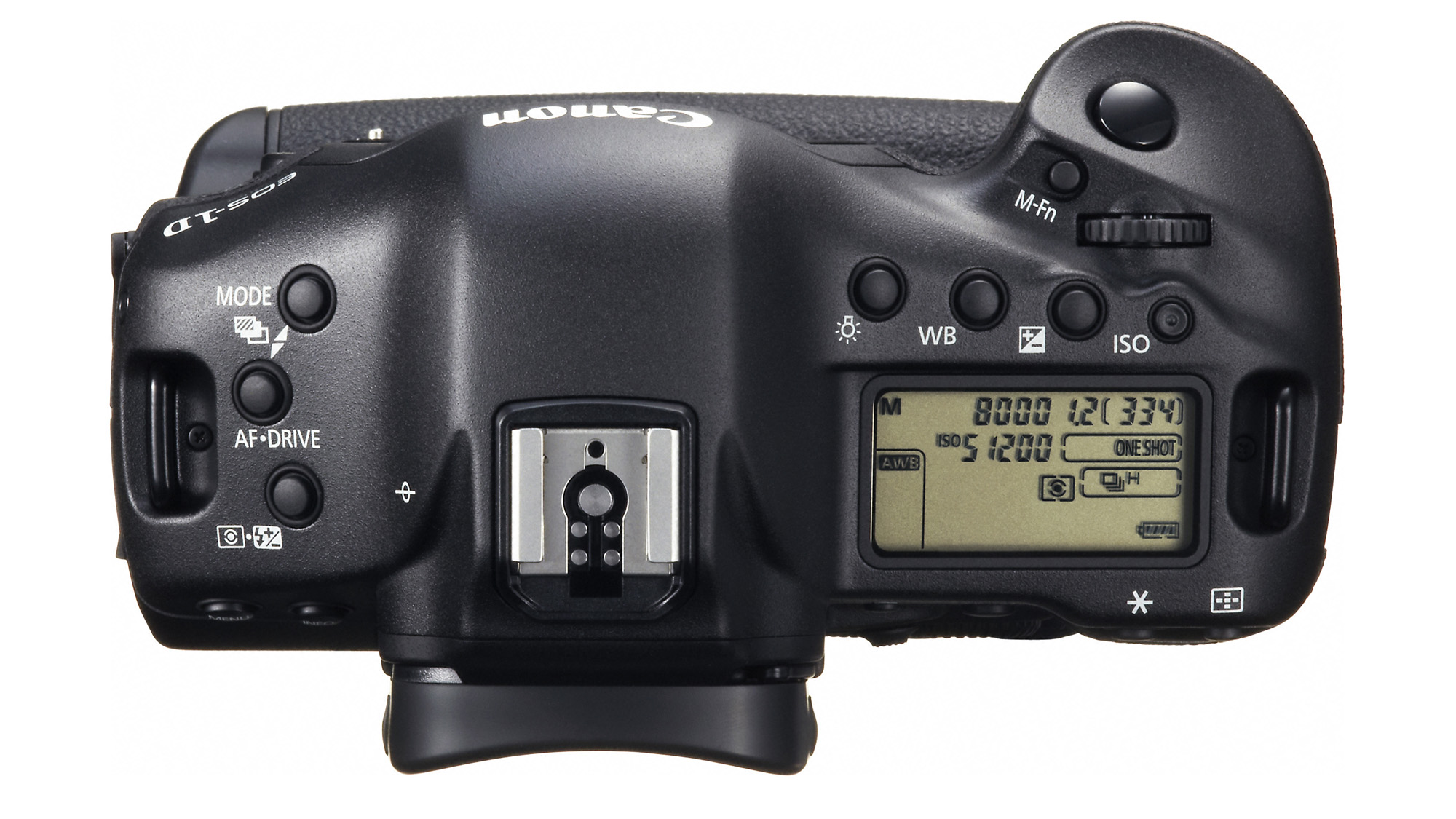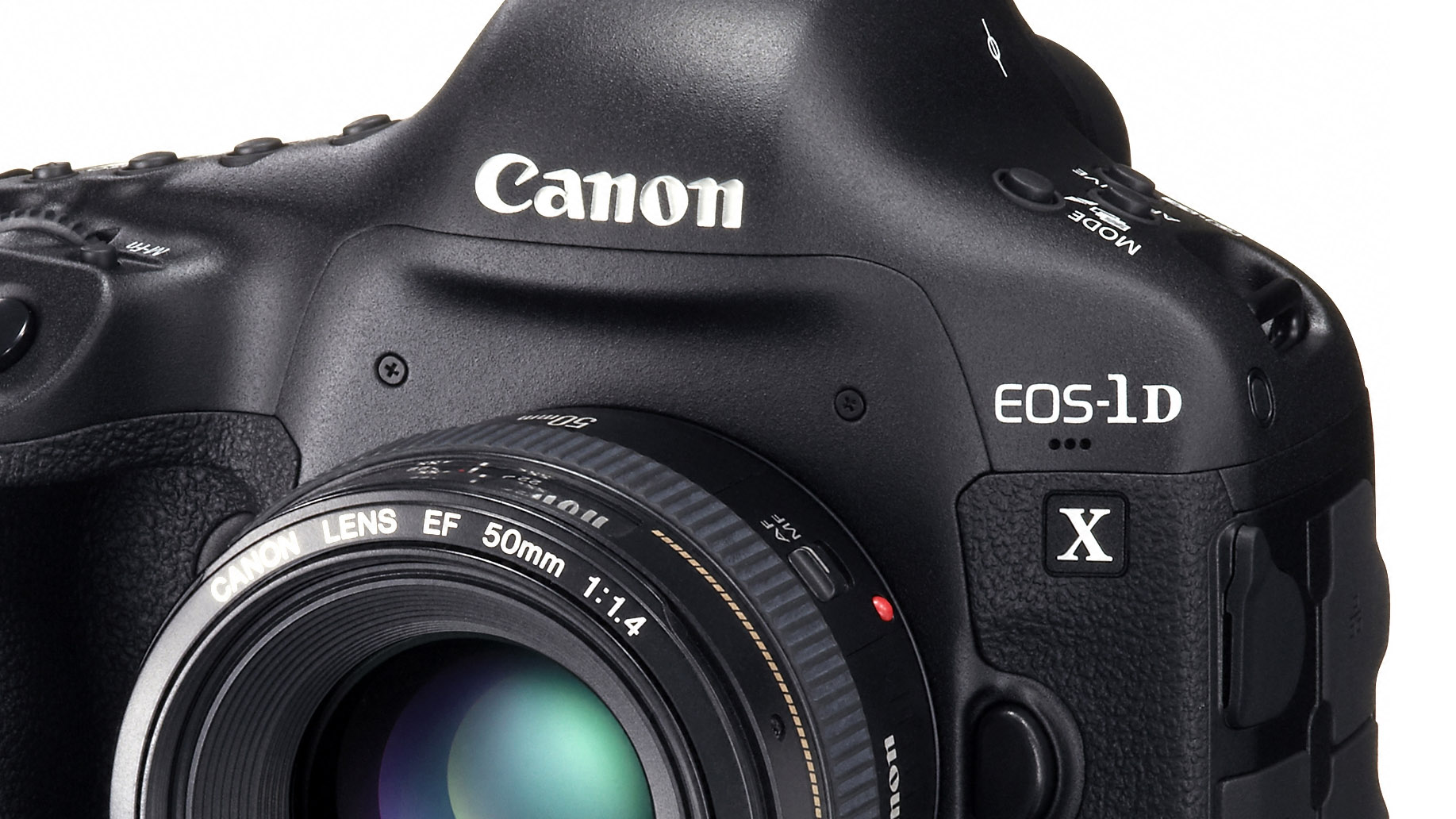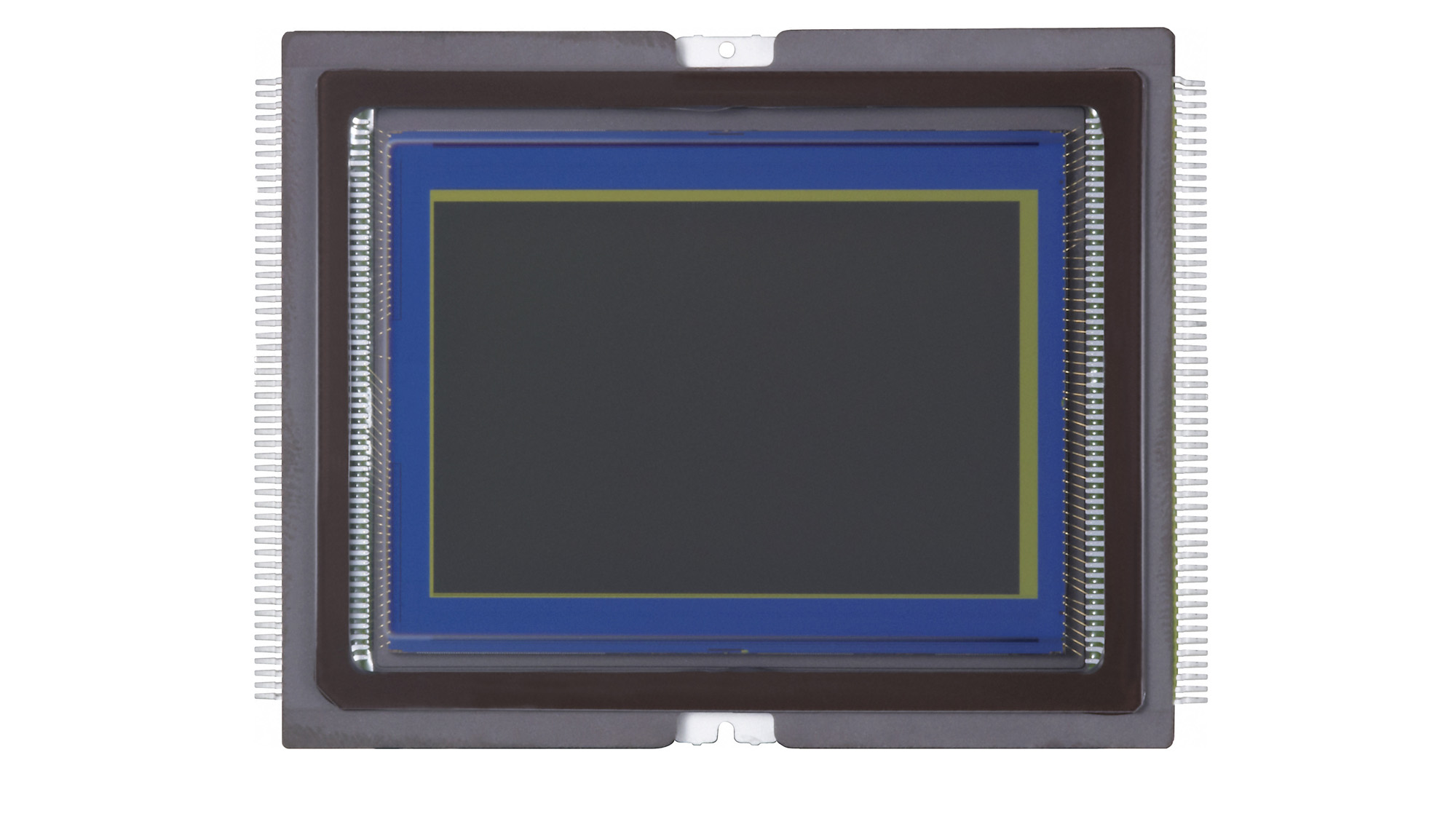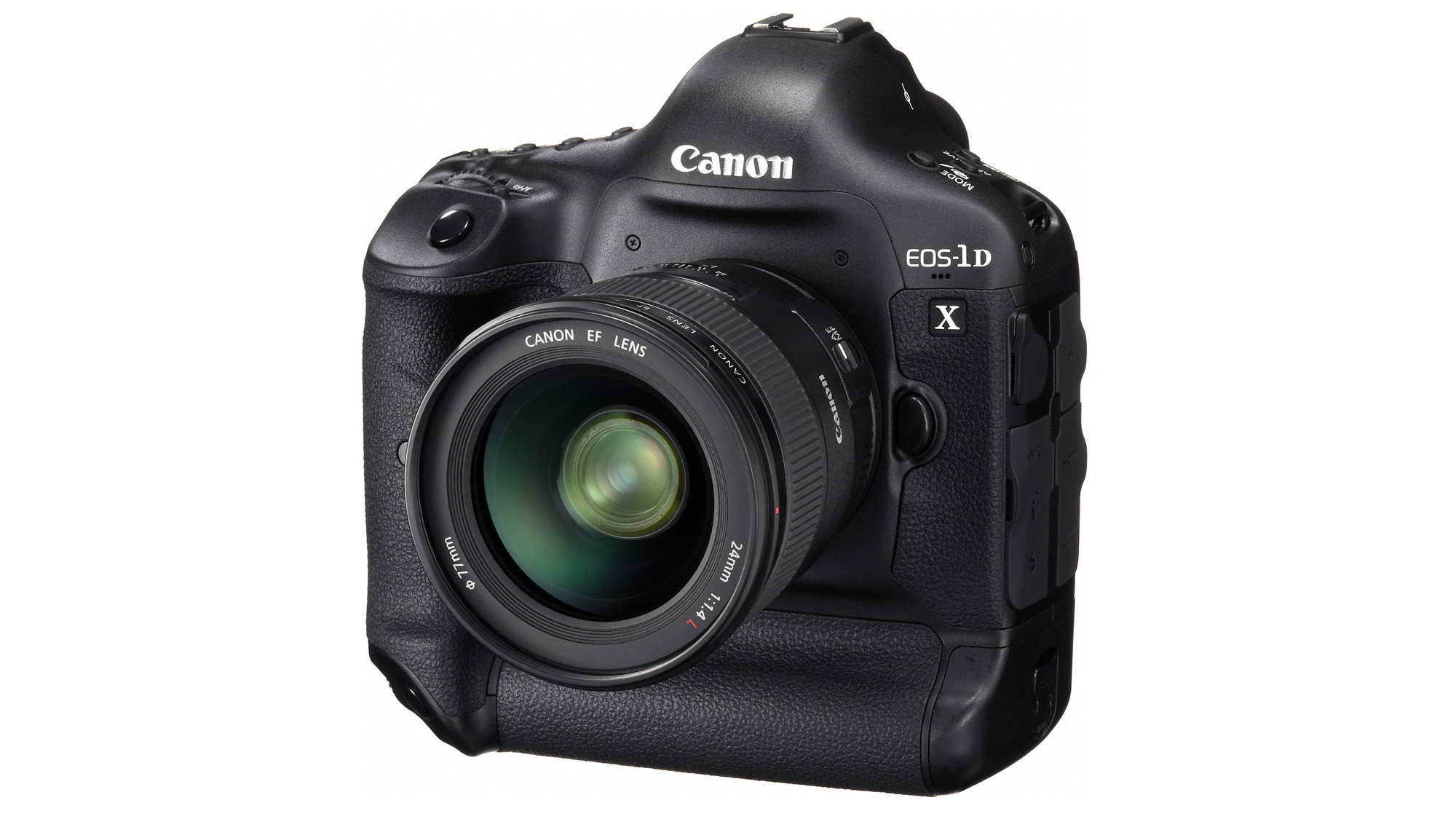Why you can trust TechRadar
When you pay over £5,000/$6,500 for a camera you expect it to feel like it will last for a few years, and the Canon EOS-1DX doesn't disappoint on this score. The DSLR feels very solidly put together and shows now signs of distress when it's squeezed tightly in your grasp. The card port cover closes securely and doesn't move or flex under your hand when the camera is in use.
Since it has a larger than average battery, a full-frame sensor and both horizontal and vertical grips built in, the Canon EOS-1DX is naturally a very large DSLR, measuring 158 x 163.6 x 82.7mm (6.2 x 6.4 x 3.3 inches).
If you're upgrading from a Canon 5D series camera you may find you need to invest in a bigger camera bag.

If you watched the women's marathon during the Olympics you may remember the torrential rain that came down at the start - we were using the Canon EOS-1DX at the time, and it survived the experience, thanks to its weather sealing.
A camera that is intended for use by professional photographers needs to be able to withstand a bit of exposure to inclement weather.
Canon has made a few handling adjustments to the Canon EOS-1DX in comparison with the Canon EOS 1D Mk IV. The most noticeable of these is the extra mini-joystick multi-controller, which is positioned to be within easy reach of the right thumb when shooting in portrait orientation.

This makes it much easier to navigate the menu or change AF point when shooting in portrait format, but it's a shame that the menu doesn't rotate to make it easier to read when the camera is on its side.
As on the Canon 5D Mk III, the Canon EOS-1DX has a menu tab that is dedicated to the autofocus options. Although these go some way to explaining the intricacies of the AF system's customisation options, they take a little while to fathom, and there's a confusing level of overlap. Anyone who is serious about shooting a particular sport or activity would be well advised to experiment methodically with the options to find the optimal arrangement.
Video recording is becoming an increasingly important aspect of being a photographic journalist, and the Canon EOS-1DX is capable of shooting 1080p footage at 30, 25 or 24 fps.

Although there's a mic port, the Canon EOS-1DX doesn't have a socket to attach headphones. However, the large control dial on the back of the camera is touch-sensitive during video shooting and can be used to adjust the exposure compensation to +-5EV, and to tweak sound levels.
Tapping the top or bottom of the dial switches between the two options, while tapping the left or right sides adjusts the settings. This helps to reduce the level of noise generated when making adjustments to the exposure and sound levels.
Although it's a larger camera with lots of direct controls, with the possible exception of some of the autofocus options, it doesn't take long to get to grips with the Canon EOS-1DX. It feels comfortable in the hand whichever orientation you are shooting in, and the buttons and dials are all within easy reach.
It is a little surprising that the exposure compensation button on the top-plate isn't replicated on the side of the camera for quick use when shooting in portrait format, though. We expected to find that one of the other buttons can be assigned to this task, but it's not the case.
